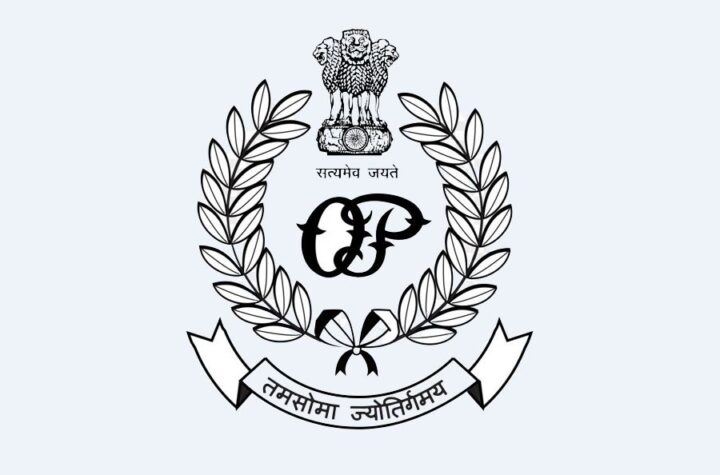The latest World Inequality Report – authored by codirector of the World Inequality Lab, Lucas Chancel, along with economists Thomas Piketty, Emmanuel Saez and Gabriel Zucman – makes for a sobering read. It details the rising levels of income and wealth inequality across countries. As far as income is concerned, the richest 10 per cent of the global population currently takes 52 per cent of global income, whereas the poorest half of the population earns 8.5 per cent of it. The picture is worse when it comes to wealth inequalities. India is one of the worst performers. “India stands out as a poor and very unequal country, with an affluent elite,” states the report. While the top 10 per cent and top 1 per cent hold respectively 57 per cent and 22 per cent of total national income, the bottom 50 per cent share has gone down to 13 per cent. It is not just the inequality in income and wealth that plagues India. The report also points to
extreme gender and carbon inequality. For instance, at 18 per cent the female labour income share in India is one of the lowest in the world – only slightly higher than the average share in the Middle East (15 per cent) and significantly lower than the average in Asia (21 per cent, excluding China). Similarly, a person in the bottom 50 per cent of India’s population is responsible for, on average, five times fewer emissions than the average person in the bottom 50 per cent in the European Union and 10 times fewer than the average person in the bottom 50 per cent in the US. Inequality is so high in the country that when India is removed from calculations, the global bottom 50 per cent income share rises. India stands out as a “poor and very unequal” country, with the top 1 per cent of the population holding more than one-fifth of the total national income in 2021 and the bottom half just 13 per cent, according to a report.
For a relatively poor country such as India, the most durable and dependable way to reduce inequality is to increase the size of the GDP pie. That is the first policy lesson for the government. However, as evidence from across the world has shown, fast GDP growth alone doesn’t help, especially when it comes to tackling inequalities in accessing education and health. That is the second key policy lesson. A good starting point in this regard would be for the government to improve the quality of data on inequality within the country.











More Stories
LS elections: 4th phase polling records 63 pc turnout
‘Still poor country’: India going to become third largest economy in world
Viksit Bharat, Viksit Odisha: PM Appeals to State People to Vote for BJP